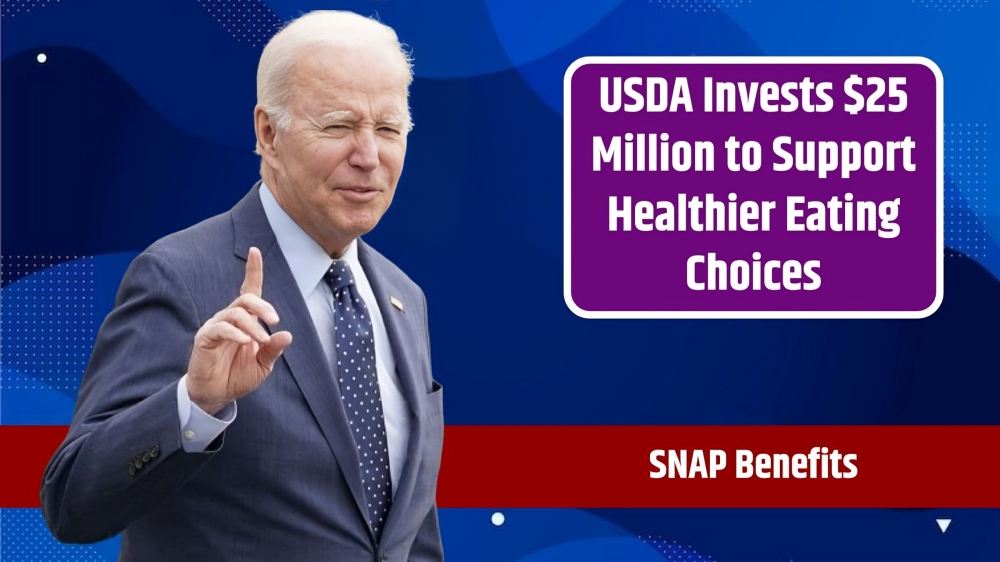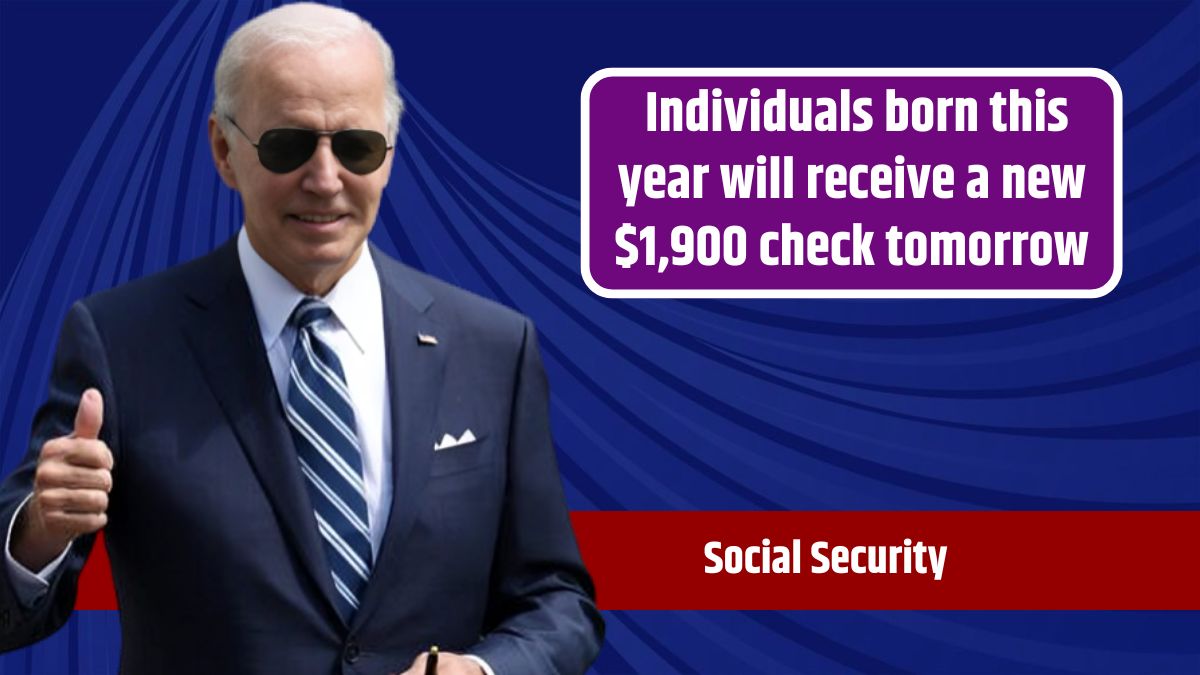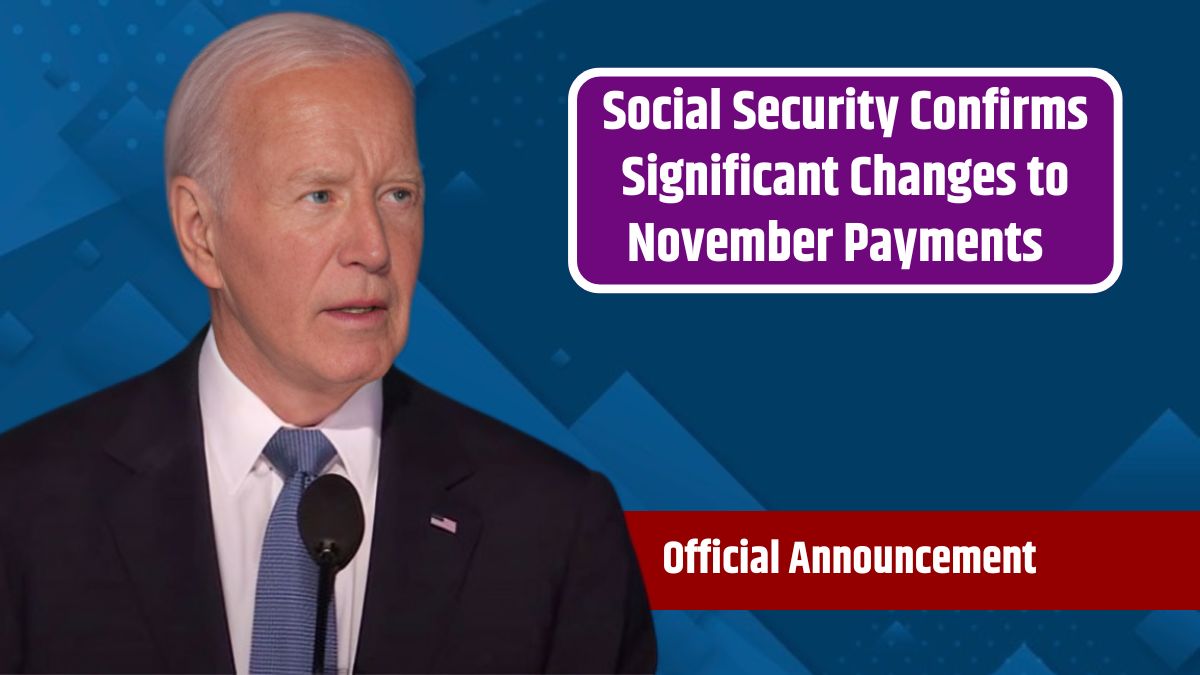The U.S. Department of Agriculture (USDA) is piloting an innovative program to enhance the Supplemental Nutrition Assistance Program (SNAP) by incentivizing healthier food choices. Known as the Electronic Healthy Incentives Project (eHIP), this initiative has allocated $25 million across various states, with Colorado being one of the latest to join. This new project offers SNAP recipients additional funds when purchasing fruits and vegetables, aiming to improve nutrition and overall well-being among low-income households.
How It Works
Under the eHIP initiative, SNAP recipients in Colorado can earn up to $60 extra per month by purchasing fruits and vegetables at participating retailers. The incentive is simple: for every qualifying purchase, recipients can receive up to $20 back, directly added to their Electronic Benefit Transfer (EBT) card, with a monthly cap of $60. This program is designed to be seamless, with no need for registration or extra steps—just shop for eligible items, and the bonus credits are automatically applied.
Benefits
The average monthly SNAP benefit in Colorado is approximately $214. With the eHIP initiative, recipients who fully utilize this incentive can see their benefits increase to $274 per month—a substantial 28% boost. This extra money can make a significant difference for families striving to include more fresh produce in their diets.
The eHIP program started in Washington and has now expanded to Colorado and Louisiana. By rewarding healthy purchases, this initiative encourages recipients to choose nutritious foods, which can lead to long-term health benefits. The USDA’s goal is clear: to make healthy eating more accessible and affordable for all SNAP households.
Local Agriculture
The benefits of the eHIP initiative extend beyond individual households. Local farmers’ markets and farm stands in Colorado are key participants in this program. These markets, which are found in communities like Denver, Colorado Springs, and Fort Collins, offer a variety of fresh and often locally-grown produce. By shopping at these markets, SNAP recipients not only boost their benefits but also support local agriculture, creating a positive impact on the state’s economy.
Eligible foods include fresh fruits and vegetables, as well as frozen, dried, and canned options, provided they are free from added sugars, fats, or salts. This broad range of choices allows recipients to diversify their diets while sticking to healthy options.
Future Changes
In addition to the eHIP initiative, SNAP recipients can look forward to an upcoming increase in their benefits. A cost-of-living adjustment (COLA) is scheduled to take effect in October, increasing the maximum SNAP benefits across most U.S. states and territories. This adjustment ensures that benefits keep pace with inflation, providing additional support to those in need.
The combination of the eHIP initiative and the COLA increase represents a significant step forward in the USDA’s efforts to improve food security and nutrition for low-income households. By making healthy food more accessible, these programs are setting the stage for long-term improvements in public health.
Colorado’s participation in the eHIP initiative is a win-win for everyone involved. SNAP recipients benefit from increased purchasing power and healthier food choices, while local farmers gain more customers and support. As this program continues to expand, it has the potential to reshape how SNAP benefits are used, making nutritious foods a staple in households across the state.
Stay informed about upcoming changes and take advantage of the opportunities available through the eHIP initiative and your local farmers’ markets. By planning your grocery shopping around these benefits, you can make the most of your SNAP benefits while supporting your community and improving your health.
FAQs
How much extra can Colorado SNAP recipients earn through eHIP?
Up to $60 per month for purchasing fruits and vegetables.
What foods are eligible for the eHIP incentive?
Fresh, frozen, dried, and canned fruits and vegetables without added sugars, fats, or salts.
Do SNAP recipients need to register for eHIP?
No, the incentive is automatically applied with qualifying purchases.
When will the SNAP cost-of-living adjustment take effect?
In October 2024, with increases applicable in most U.S. states and territories.
Which states are currently participating in the eHIP initiative?
Washington, Colorado, and Louisiana are among the states participating.









